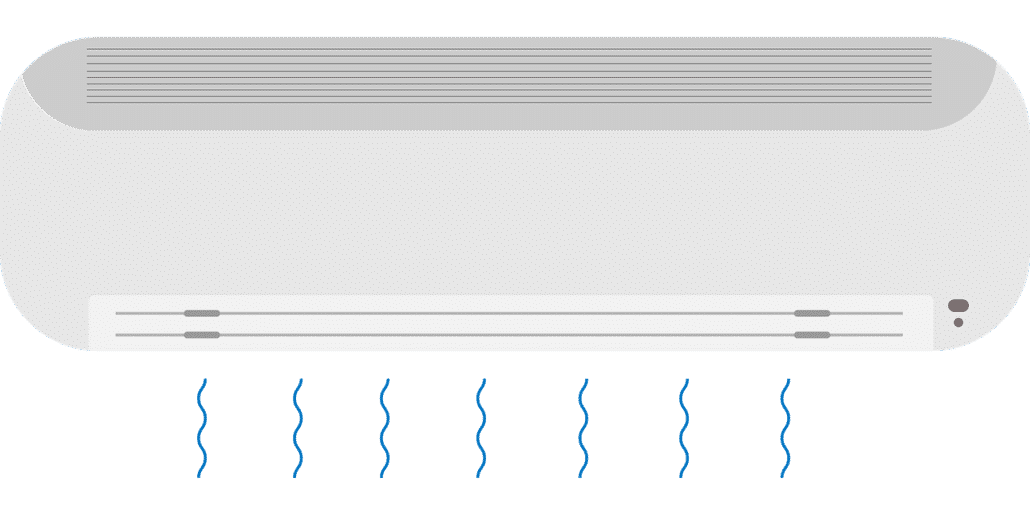Adapting To The Phase Out Of R-22 HVAC Refrigerant
As summer rolls around and temperatures begin to rise, homeowners start to focus on getting their air conditioning systems up and running. Among the common spring air conditioner maintenance tasks is topping off or replacing the refrigerant. The refrigerant used in HVAC systems manufactured before 2010 is a fluorocarbon known as R–22, or more commonly, Freon. Environmental Protection Agency (EPA) regulations began phasing out the use of R–22 refrigerant in 2010 with the goal of banning its use entirely by the year 2020. Consequently, homeowners with older HVAC systems will need to make some changes within the next year.
WHY IS R–22 BEING PHASED OUT?
Efforts by the EPA to reduce depletion of the ozone layer have been ongoing for several decades, beginning in the U.S. in the 1980s. These efforts have taken aim at fluorocarbons used in various aerosols as well as what scientists refer to as “greenhouse” gases. As a fluorocarbon widely used in refrigeration, R–22 is on the list of ozone depleting chemicals to phase out as well.
PHASE OUT SCHEDULE
According to American Society of Heating, Refrigerating and Air-Conditioning Engineers (ASHRAE), the phase out of R–22 refrigerant actually began in 2004 through placing limits on its production. By 2010, most HVAC systems had moved away from the use of R–22and turned to one of the various alternatives as a system coolant. After 2010, the production of or the importation of new R–22 was banned. The R–22 that is currently available for older systems is recycled and can still be purchased up until January 1st of 2020.
KEEPING UP WITH COSTS
Most homeowners have noticed that the cost of topping off or replacing the refrigerant in their HVAC systems has gotten a lot higher. Because it is a banned chemical, R–22‘s value has increased due to high demand with a limited supply available. Landmark Home Warranty reported the cost of R–22 at between $80 and $100 per pound in 2017 with a steady rising cost that could land between $120 and $150 per pound in 2019. Since most home HVAC systems contain at least 4 pounds, you could be spending more than $600 for recharging this year.
These increased costs have already convinced most homeowners to make a switch by either adapting their old system to an alternative refrigerant or replacing their older HVAC system with a newer one. Consequently, homeowners who make these changes in 2019 are likely to see much lower costs for making changes to their HVAC systems than those who choose to wait until a system change is essential.
ADAPTING TO THE CHANGE
Homeowners with HVAC systems built after 2010 will have no issues adapting to the change, because their systems do not use R–22 refrigerant. If you hope to avoid the rising costs of recharging your R–22 based HVAC system in 2019 or eliminate the issue before time expires, here are the steps you need to take.
DETERMINE WHETHER YOUR SYSTEM USES R–22 REFRIGERANT
If the manufacture of your current system was after 2010, you will not need to make any changes. Many systems manufactured between 2004 and 2010 also use alternative refrigerants. StarTribune’s Home Inspector points out just how easy it is to determine which coolant your system uses. The label on your air conditioner condenser outside your home clearly displays the coolant used. If your system uses R–22, you will see either R–22or HCFC-22 listed on the label. Newer models will list R-410A or some other alternative within the description labeled “charge” or “charged”.
INSTALL A NEW AC SYSTEM
Replacing your older system with a newer one is the simple answer, especially if it is a model manufactured before 2004, since the average wear of an AC system (according to the Department of Energy) is between 15 and 20 years. This option will cost more, but some pretty extensive and inevitable costs are coming either this year or within the next few years, as depletion of the R–22 coolant in your system occurs, and it is impossible to replace it.
CONVERT YOUR CURRENT SYSTEM
If your AC system was built between 2004 and 2010, and is in pretty good shape, you might be able to stretch its lifespan another 5 to 10 years by converting your current system to use an alternative coolant like R-410A. American Home Shield details what is involved in the process of converting your current system:
- Replacement of the AC unit, evaporator coil and furnace
- R-410A requires higher pressure, thus necessitating the replacement of copper tubing and connections throughout the system
- Moisture removal requiring a specialized vacuum capable of removing all traces of water vapor within the system.
An HVAC systems trained professional will have to perform this conversion because the tools and equipment necessary are not available to the do-it-yourselfer. Consequently, costs of labor and replacement parts could bring your bill close to that of installing a new system.
USING AN ALTERNATIVE REFRIGERANT
At first glance, solving the problem seems simple; just replace R–22 with R-410A or some alternative refrigerant. Legacy Air points to several factors to keep in mind before considering this solution:
- Alternative refrigerants void all manufacturers’ warranties, so you won’t want to do this to a system that is still under warranty.
- Alternative refrigerants will have an R– in their designation if they are ASHRAE approved for meeting proper industry safety standards.
- You should never mix any alternative refrigerants with R–22 or any other gases, which requires system flushing before recharging with the alternative.
- Alternative refrigerants often require higher levels of pressurization to function properly, which might necessitate the replacement of copper tubing and connections throughout your system.
Environmental concerns have motivated the EPA to phase out the use of the ozone-depleting fluorocarbon known as R–22. This phase out will make it impossible for homeowners to recharge their existing HVAC systems with R–22 refrigerant after January 1, 2020. As a homeowner, you need to consider the costs associated with the various options as well as the inevitability of this rapidly approaching change. Contact us, for more information on how Legacy Air can help you adapt to the phase out of R–22.

